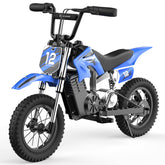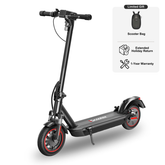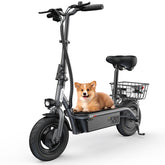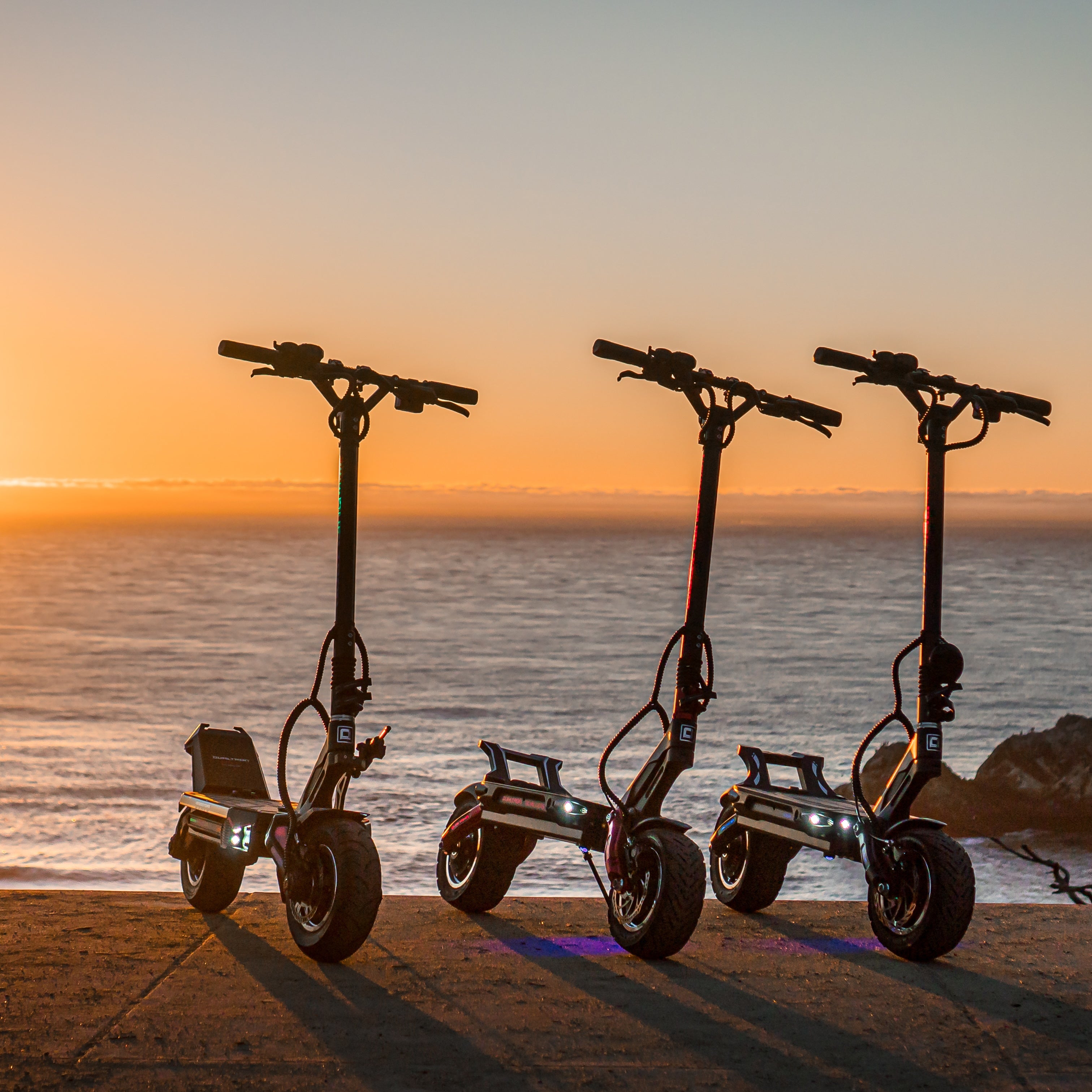Electric Scooter Laws in the US: Sidewalk or Bike Lane?
Sidewalk or Bike Lane? A Guide to US Electric Scooter Laws
You just unboxed your new e-scooter and you're loving the ride. But a quick question hits you: “Am I allowed to be riding here?”
You’re not alone. E-scooter laws in the U.S. vary from state to state—even city to city. This guide will break down the basics to help you stay legal and safe on the road.
Disclaimer: Laws are subject to change. Always verify with your local government or DMV before riding.
The Three Main Places to Ride: A Breakdown
1. Bike Lanes (Best Choice)
In most places, the bike lane is your go-to. It keeps you out of car traffic and pedestrian zones—making for a safer, smoother ride.
2. The Street / Roadway
If no bike lane is available, ride on the street like a bicycle. General rules:
- Ride with the flow of traffic
- Stay to the right
- Obey stop signs and traffic signals
3. Sidewalks (Usually Illegal)
Most cities ban e-scooters on sidewalks due to pedestrian safety. Only ride on sidewalks if local signage clearly allows it.
General Rules of the Road
- Speed Limits: Typically 15–20 mph max
- Age Limits: Usually 16 or 18+
- Helmets: Required in some states, especially under 18. Recommended always.
- License: Not usually required for low-speed scooters
- Parking: Don’t block sidewalks, doorways, or driveways
A Snapshot of Major US States
California
- Allowed in bike lanes & streets under 25 mph
- Sidewalks: Illegal
- Helmet: Mandatory for all ages
New York
- Legal since 2020
- Bike lanes & roads under 30 mph: Allowed
- Sidewalks: Forbidden
Florida
- Same laws as bicycles
- Sidewalks may be allowed in some areas—check local signs
Texas
- No statewide law—rules vary by city
- Austin vs. Dallas laws differ—always check local ordinances
Conclusion
Electric scooters are fun, eco-friendly, and fast—but they come with responsibilities. Knowing where you can and can’t ride keeps everyone safe and stress-free.








